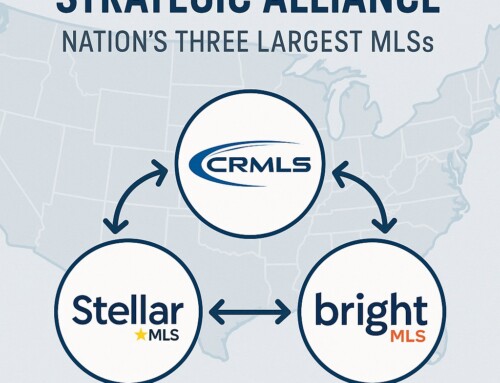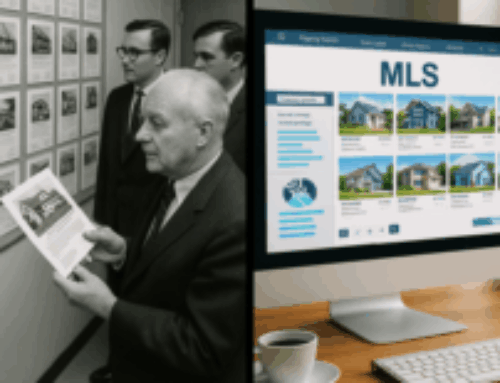 If you are like me, you recognize that it was not very many years ago that agents relied on completing a listing input form as a primary method to submit a listing to the MLS. Indeed, in many markets today, MLSs still allow agents to fax in their listing, or broker administrators enter the listing for the agent. This is all happening at a time when many agents are clamoring for MLS listing input using their mobile device or tablet.
If you are like me, you recognize that it was not very many years ago that agents relied on completing a listing input form as a primary method to submit a listing to the MLS. Indeed, in many markets today, MLSs still allow agents to fax in their listing, or broker administrators enter the listing for the agent. This is all happening at a time when many agents are clamoring for MLS listing input using their mobile device or tablet.
In a tale of new school meets old school, Instanet is providing a new listing input service; the very service many MLS system developers have failed to deliver – a dynamic, mobile, listing input sheet.
Instanet is an online forms company, so for them – capturing data on a form easy routine. Moreover, the listing input form is only an extension of other forms that agents already use in daily practice, so the learning curve is shallow. The great benefit is that there is no double entry (agent taking notes on paper, then transcribing them to the MLS – double entry). The forms take the shape of a dynamic PDF or an HTML5 page, depending on the device. They look like the paper forms too – so they are familiar to the agent.
Perhaps it is unfair to call this a new service. The more appropriate term may be emerging. MLSs that offer this Instanet Listing Entry to their members already include MLS Long Island (Stratus), and Realcomp (CoreLogic Matrix). In those markets, the listing is pushed from the Instanet Listing Entry Form to the MLS using RETS update transaction standard. In most cases, the listing goes into “hold” status until the agent reviews and confirms the submission. It gives the agent a chance to double check and avoid mistakes, or add any additional information that was not on hand when they filled out the bulk of the form.
I mention RETS update transaction standard. In truth, it is more of a theoretical standard than an adopted standard. Some Instanet clients have adopted the standard in some form, others have custom integration. As important as the standard is the support of MLS data input restrictions – pick list of values rather than free form text; and business logic, like if value x is chosen, item Y can be filled in. Some MLSs have as many as 1600 business rules.





HHIMLS just implemented the “HOLD” status in coordination with Corelogic and Instanet. We had this concept several years ago and lost it during a conversion. The new status of “HOLD” has allowed our agents to not only get a jump start but have a professional presentation to their client or customer along with the expediency of the transaction.
I think that this is an awesome breakthrough. I spoke to a broker today who said that the primary reason for inaccurate listing input was “chicken scratch” notes that agents record. With this technology, she is bullish on the accuracy of listing input improvements.
The trick here is to get this integrated with tax records, GIS data, relationships to other information that we “lockdown” on listing input (school districts, postal cities, neighborhoods, lake names allowed in a county, and more) to prevent GIGO. We are talking about it here either as an extension of instanet or since our add listing app works on tablets, create a pdf (or instanet form ofr electronic signature) of the listing input form after the info is entered into a hold status through our add/edit system which works on tablets. We are insane about accurate data!
Great overview, ED. It seems like it could be done. I know that in most markets, Instanet connects tax data to the forms product. The other tricky part is that mobile data is plans are expensive for REALTORS(r) and not very robust in rural areas. It is awesome that your ad listing app works on tablets. How has the adoption been going?